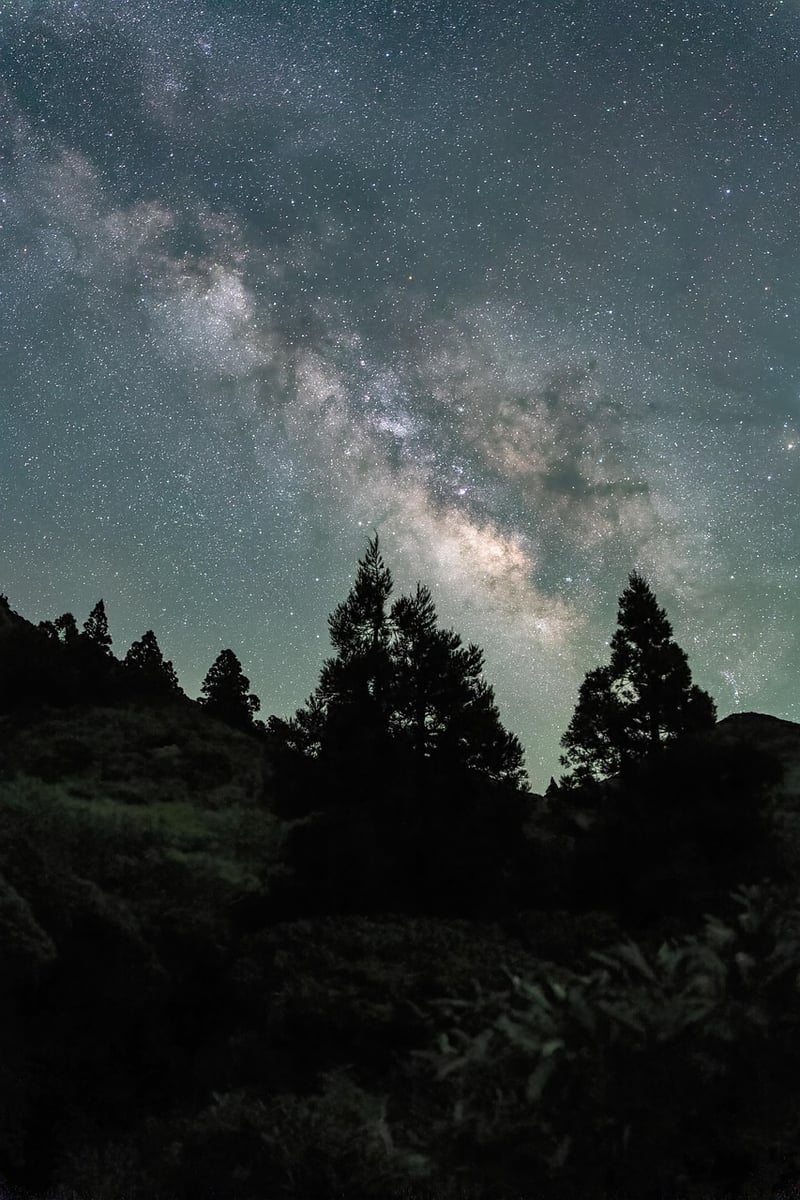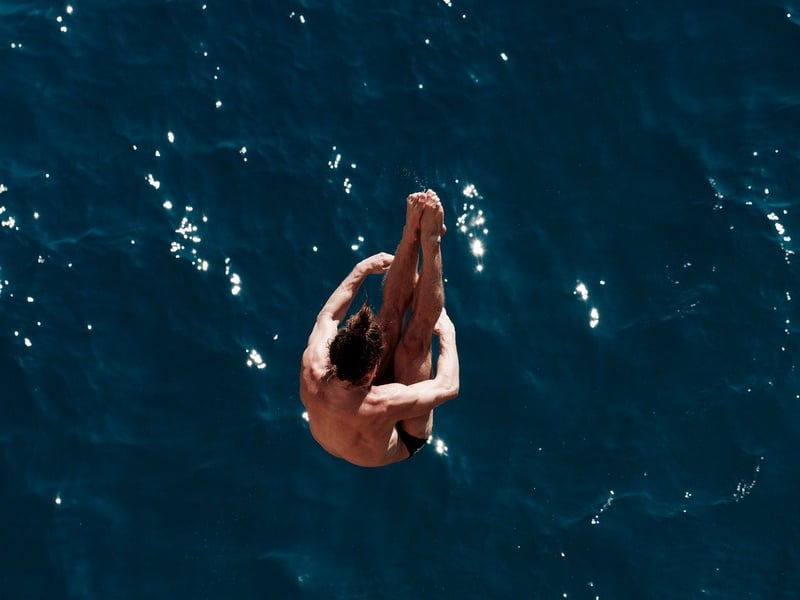Water Bodies
Elevate Your Photography Game: Capturing the Beauty of Water Bodies
Are you an aspiring photographer looking to take your skills to the next level? One of the most captivating subjects you can explore is water bodies. From serene lakes to powerful oceans, water offers endless opportunities for stunning photography. In this article, we will provide you with tips and tricks to help you capture the beauty of water bodies like a pro.
1. Understand the Light
Light plays a crucial role in photography, and when it comes to water bodies, it can make all the difference. Early morning and late afternoon are ideal times to shoot as the light is softer, creating beautiful reflections on the water's surface. Experiment with different angles to see how the light interacts with the water.
2. Use a Polarizing Filter
A polarizing filter can help reduce glare and enhance colors, especially when photographing water. It can make the water appear clearer and the skies bluer, giving your images that extra pop. Invest in a high-quality polarizing filter to improve the overall look of your water body photos.
3. Incorporate Movement
Water in motion, whether it's waves crashing on the shore or a flowing river, can add a dynamic element to your photos. Experiment with different shutter speeds to capture the movement of the water. A slower shutter speed can create a silky, smooth effect, while a faster speed can freeze the action.
4. Focus on Reflections
Reflections on water bodies can create stunning visual effects. Look for still water surfaces that mirror the surroundings, such as trees, mountains, or the sky. Reflections can add depth and symmetry to your compositions, making them more visually interesting.
5. Explore Different Perspectives
Don't be afraid to get creative with your angles and perspectives when photographing water bodies. Try shooting from low angles to capture reflections, or experiment with aerial photography for a unique bird's eye view. Changing your perspective can lead to more compelling and original shots.
6. Post-Processing Techniques
Post-processing can take your water body photos to the next level. Experiment with editing tools to enhance colors, contrast, and sharpness. Consider adding a vignette or adjusting the white balance to achieve the desired look. Just remember to keep it subtle and avoid over-editing.
With these tips in mind, you are well on your way to capturing stunning images of water bodies that will elevate your photography game. So grab your camera, head to the nearest lake, river, or beach, and start exploring the beauty of water through your lens!

Image Source: Pixabay
